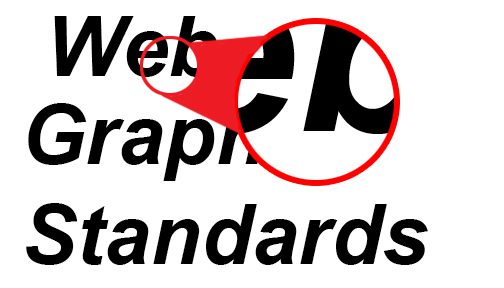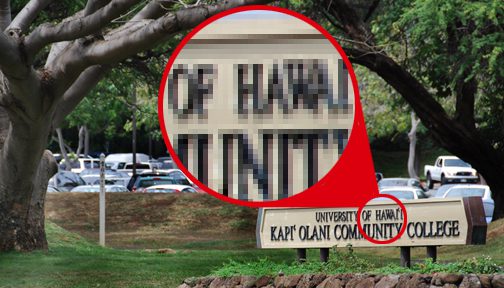Web Content Guide
Image Guidelines
All images should be appropriate, cropped, and sized properly for Web use. It is strongly encouraged that the official Kapi‘olani Community College/University of Hawai‘i images be used. If not, professional-grade images, appropriately obtained, should be used.
Approved Web gallery tools should be used for all webpage slide shows and Flash animation. Alternate Flash animation and multi-media projects must be coordinated with the Kapiʻolani CC Web and Mobile Development Team.
All images must have alternate text (alt tags) attached. The use of interactivity and animation must be appropriate and should never impair the user experience.
File Formats for Graphics & Logos
Knowing which graphic file format to use for your graphic communication project (from Web sites to large banners) is critical for optimum reproduction. Most graphic files come in two distinct formats – vector or raster.


Vector Files
A vector image is created with mathematical points, lines, and curves, and can be scaled infinitely, both larger and smaller, with no loss of clarity. Vector files cannot be easily used on the Web; however, these can be utilized to create files that can be uploaded to the internet. Vector file formats are commonly created using Postscript programs such as Adobe Illustrator and Adobe InDesign, and usually have a .eps or .ai extension. Vector files are the best format to use when printing any version of the Kapiʻolani CC and/or UH logos.
Raster Files
A raster image is comprised of a series of small squares called pixels. Each pixel contains unique information about its color. If a raster file needs to be enlarged, the computer has to guess (or interpolate) to create new pixels between the old ones. This can result in the image becoming blurry when the size is increased. Raster files are commonly created by digital cameras. Raster file formats include .jpg, .tif, .gif, .png, and .psd extensions.
For Web
For the best visual appearance online, raster files need to be 72 dots per inch (dpi) and saved in either the JPEG (.jpg) or PNG (.png) formats. Files originally created in the vector format need to be saved for the Web in either the JPEG (.jpg) or PNG (.png) formats.
If you need assistance with determining the correct file format for your project, contact the Kapiʻolani CC Web & Mobile Development Team.